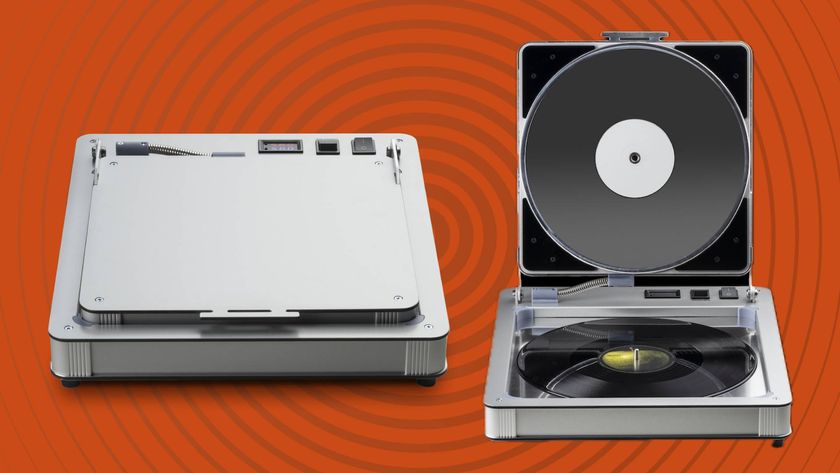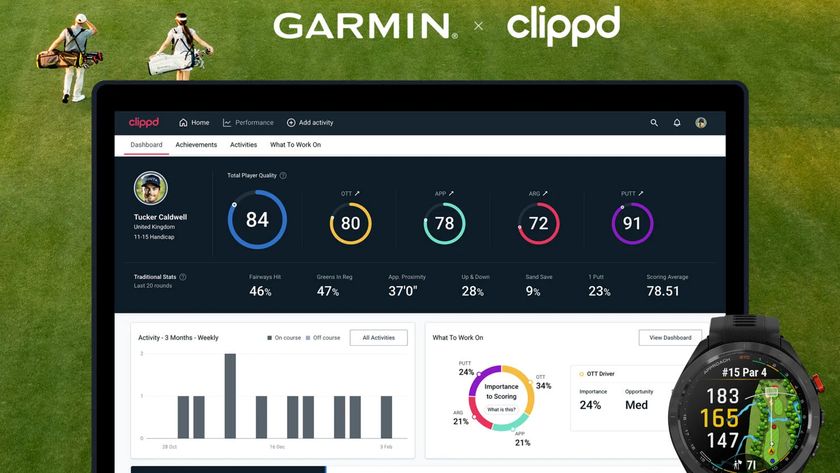Got 99 problems and cash is one? Tidal may only have enough for 6 more months
A lack of appetite for hi-res audio?

Tidal has just enough cash to last the next six months according to a report in the Norwegian publication Dagens Næringsliv. According to the report the company lost the Norwegian equivalent of $44 million in 2016.
Engadget notes that Tidal is facing these financial difficulties despite a massive injection of funds from US telco Sprint buying one third of the business in January 2016.
Despite styling itself as the audiophile-focused alternative to Spotify with support for lossless, and now hi-res streaming thanks to its MQA partnership, Tidal has failed to generate as much user interest. Spotify hit the 60 million user mark in 2016, while Tidal had just 1 million as of the end of 2015 (and even that number is disputed).
A shrinking USP
Tidal's unique selling point has always been that it offers higher music quality than market-leader Spotify with file sizes that are at least CD-quality lossless, with some even available as MQA hi-res audio files.
Spotify, meanwhile, tops out at 320 kbps.
However, it seems the promise of better audio quality hasn't been enough to win over listeners, especially when Tidal's HiFi tier costs $19.99 compared to $9.99 for Spotify.
Even Tidal's unique selling points are starting to disappear. Rival service Deezer has rolled out lossless and MQA streaming on its desktop app, and is expected to roll this out to its mobile app in the future.
Get daily insight, inspiration and deals in your inbox
Sign up for breaking news, reviews, opinion, top tech deals, and more.
With little space to call its own, Tidal's days may be numbered.
Jon Porter is the ex-Home Technology Writer for TechRadar. He has also previously written for Practical Photoshop, Trusted Reviews, Inside Higher Ed, Al Bawaba, Gizmodo UK, Genetic Literacy Project, Via Satellite, Real Homes and Plant Services Magazine, and you can now find him writing for The Verge.













The race to trillion-parameter model training in AI is on, and this company thinks it can manage it for less than $100,000

Hisense announces 2025 mini-LED TV lineup, with screen sizes up to 100 inches – and a surprising smart TV switch

I test SSDs for a living, and this is the best SSD deal I'd spend my money on this week





